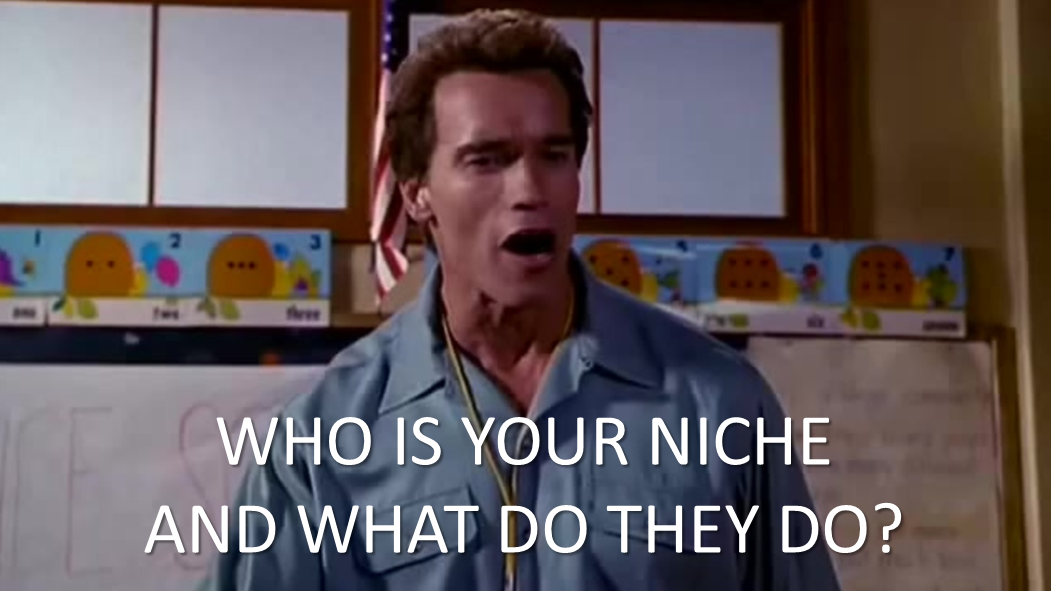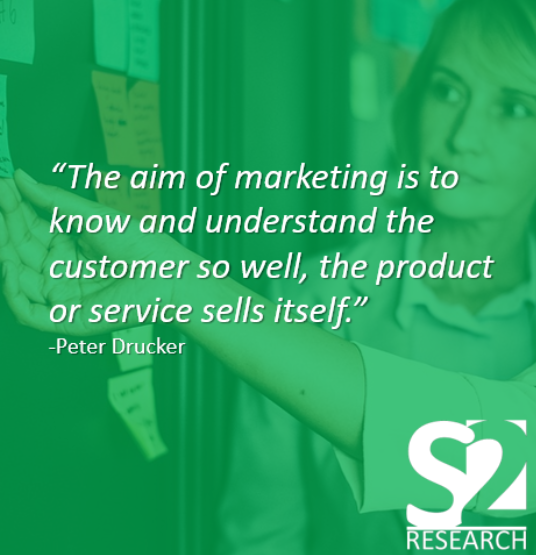Surveys are the backbone of market research, because they allow you to gain insight into your respondents. Whether you’re working to understand an entirely new audience, or better hone your insights into your core target base, the ability to ask, receive information, and measure its aggregated findings is pure magic for the marketer. Yet in most modern market research, the survey’s power is harnessed almost exclusively to give a letter grade for the experience alone. Well, I’m here to let you know that surveys are more than just report cards. And while I’ll never deny that gauging satisfaction is critical in customer retention, I want to also remind readers of other important factors that surveys bring to the table.
Digging for treasure
Imagine, for a moment, your customer is standing in front of you. On the back of her head is a treasure chest, and if you open this treasure chest, you can peek directly into her mind. You can learn everything there is to know about what makes this customer your customer.
So, what would you want to know? What would you want to learn, and how could you use this information to better your marketing?
Surveys bring to life this treasure chest analogy. Through advances in the social sciences and the experimentation of market researchers before me, we’ve learned that we can gauge emotion, motivations, pain points, need states, spending habits and more, all through the use of an optimally-designed survey.
Could you do more with more information?
As a marketer, what could you do if you better understood your customers’ need states? If you had a gauge as to what times of day a subset of your audience had need of your services, would you implement a promotion to better capture those customers? Or, if you knew the average customer spent $100/month in your vertical, but only $30/month on your brand, would you create an incentive program to capture a larger share of their spend?
The answer to all of these questions is, of course, of course. As David Ogilvy, the father of advertising, famously put it:
“Advertising people who ignore research are as dangerous as generals who ignore decodes of enemy signals.”
Research gives us the playbook, and the playbook of our opposition as well. We learn what we’re up against, what strategies will be most effective, and how it can all come together to work in your favor.
Ask the right questions to get the right answers
So, we’ve established that surveys can yield great information – great data – but how, exactly, does one ask the right questions?
This is the art that gets me so-often so-excited about this field. To ask the right questions takes a lot of practice, a lot of experience, and a lot of (hold your laughs) research. That’s because not all data is equal, and not all responses as relevant or insightful as you might think.
Increase engagement to gain deeper insights
What we’ve learned over the past several decades is that you need to attack psychological data-gathering indirectly. This might mean leading the respondent down a path where their answers become more genuine, or adding preliminary questions to help them enter the right state of mind.
A few years ago I had the chance to gauge brand awareness for a local home services provider. In one question, we asked respondents to name the first three companies in various home-service verticals that came to mind. Ultimately, we were able to measure that the client not only had the No. 2 brand in the market, but we also identified some verticals where the client had opportunity to grow market share as well.
Two years ago, I had the opportunity to sit in on a presentation called “Gamify Your Research.” In a nutshell, the premise was to take the engaging components of several common games and incorporate them into survey design. An example they gave was a similar project to my home services brand awareness study, except in their study the respondent was given 30 seconds to name as many brands as they could in the vertical. The result was a deeper dive, greater engagement, and more genuine data.
This is the kind of new research tool that is drastically changing how we do what we do. When the timed respondent gave their responses, they were more focused, more engaged, more genuine, and closer in the mindset they would be when they are in need of the service. That last point is key – we must consider the mindset the respondent is in during their responses.
I’m looking forward to the opportunity to work with projects like this again, so I can implement such a cool methodology and see how it yields more meaningful results.
Build audiences around insights
Of course, the most valuable data in the world is still meaningless if we don’t take the time to properly analyze it. And thanks to advances in data analysis, data visualization and other technological arenas, this ability is more insightful than ever before.
For audience data to benefit you, you’ll need to sift through your data to find the nuggets of information most valuable to your goals. You’ll also need to understand the commonalities of the respondents in those categories.
In other words, you need to build audiences. If a third of the respondents express the same, untapped need-state, what is it that makes them all similar? If a quarter of your audience demonstrates a desire to buy following the same major life event, can you develop a campaign that addresses that event?
Building audiences from data, and deriving actionable insights about those audiences, is the most critical component of effective survey research.
Market research is everywhere
Surveys are more than just report cards. But if you’ve received a receipt for a small transaction – nearly any transaction – in the past ten years, there’s a very good chance you’ve been asked to take a survey that does exactly that.
The takeaway from this is that surveys and platforms are already available, and customers are primed and ready to participate. If you’re looking to enhance your audience ask so you can better know the people who buy from you, contact S2 Research.












